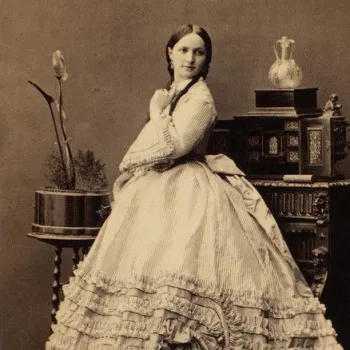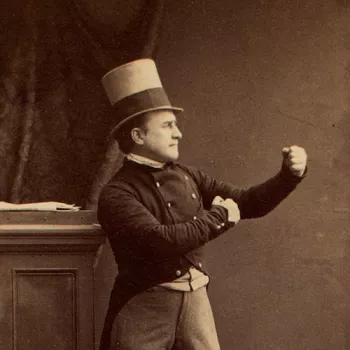Portraiture
Prince Albert was an early adopter of portrait photography
It is perhaps of little surprise that following the invention of photography in 1839, portrait photography became a highly popular personal and commercial subject matter. For the first time, a significant proportion of the population could own a realistic likeness of themselves. Prince Albert (1819-61), in his love of science and technology, embraced the medium. In 1842 he commissioned William Constable (1783-1861) to take his portrait. The resulting photograph is the earliest surviving photographic portrait of a British royal family member. Six years later, Prince Albert commissioned William Edward Kilburn (1818-91) to produce a hand-coloured portrait of him. The photograph is a powerful depiction of the young, determined Prince.
From this point forward, Queen Victoria (1819-1901) and Prince Albert commissioned and collected a range of portraits of themselves, their family, friends, royal household staff, and the notable and famous people of the period, including actors, artists, politicians and scientists. Following the invention of the carte-de-visite in the late 1850s, the royal couple’s collecting of portrait cartes reflected a wider, worldwide social phenomenon, known as ‘carteomania’. On a more personal level, during their lifetime Prince Albert and Queen Victoria jointly compiled a set of ‘Portraits of Royal Children’ albums, documenting and illustrating their shared love of their children.
The range of portrait photographs Queen Victoria and Prince Albert collaboratively collected stands as testament to their shared interest in documenting and representing the people that mattered to them.




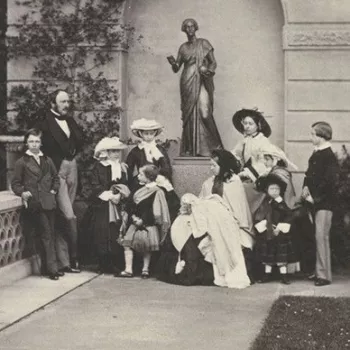
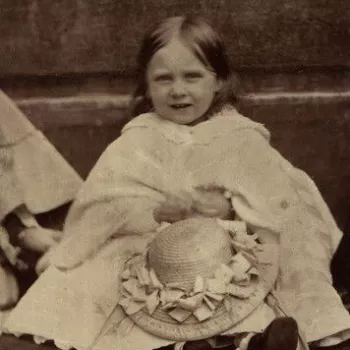
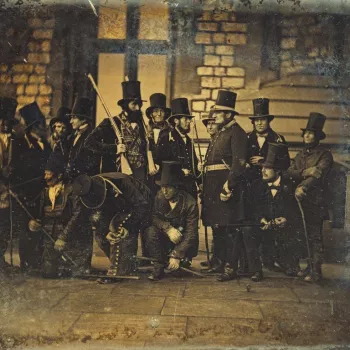
![Sally [Sarah] Bonetta Forbes (c. 1843-80)](https://cmsadmin.rct.uk/sites/default/files/styles/rctr_scale_crop_350_350/public/296035-1340803253.jpg.webp?itok=m3TaEN59)
